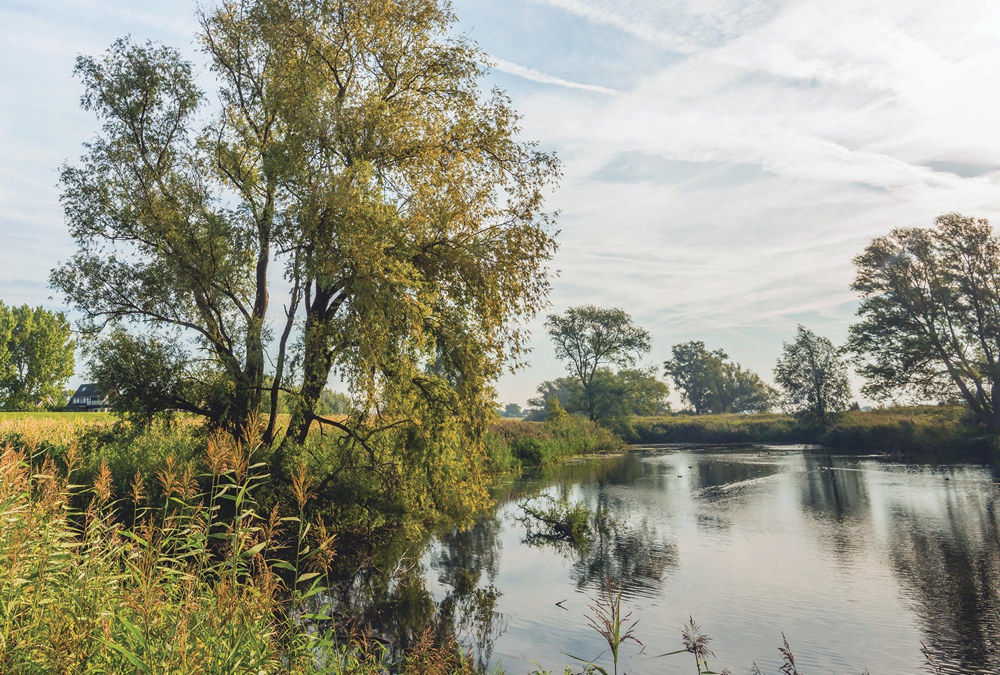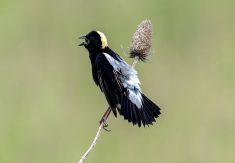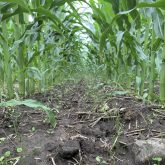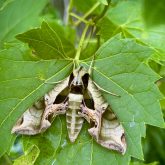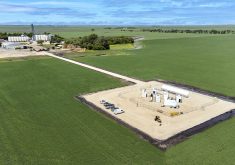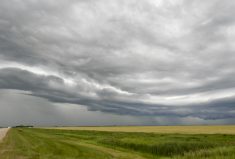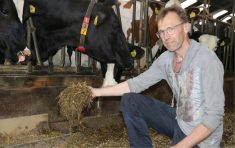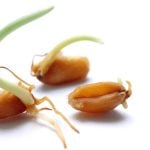Mimicking nature has been key to a financial turnaround for Greg Judy and his family.
The Missouri-based livestock farmer told a crowd gathered at an Ecological Farmers Association of Ontario (EFAO) meeting about his farm’s transformation.
“We’re going to see another dustbowl,” Judy warned during a workshop for EFAO’s recent four-day annual convention in London, Ont.
The main culprit, he said, is a “monoculture” approach of continuous cultivation that has seen the rapid removal of man-made soil conservation structures such as fence lines and natural erosion barriers like trees and pasture.
Read Also
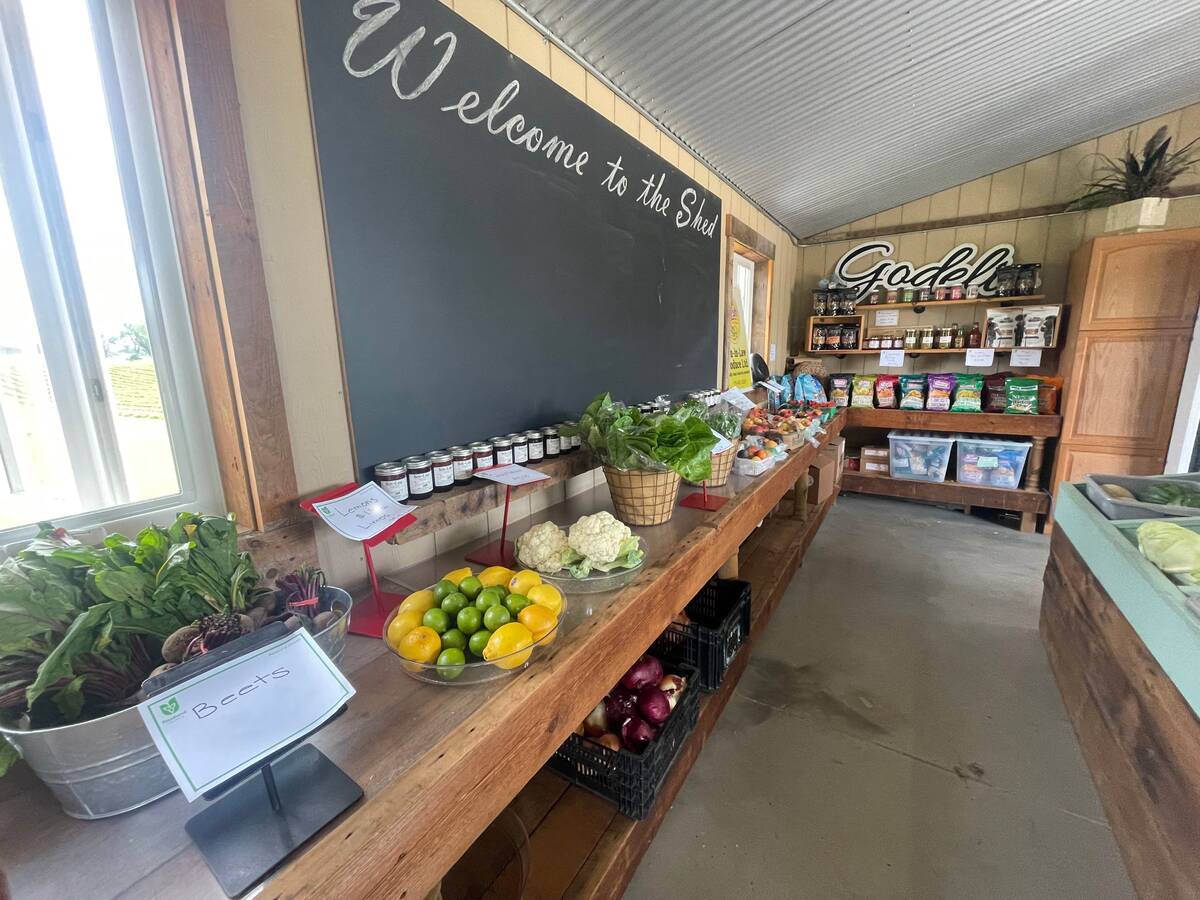
Ontario farms are a small business backbone but red tape delays and obstacles hinder growth
Farms are part of Ontario’s small business backbone, whether Ontario-grown livestock, grains or horticulture foods and farm products are bought on-farm, at a local market, or at the local store.
Why it matters: Attention to ecologically sensitive areas can lead to more productive fields.
Efforts to revive soil health must go beyond current trends like conservation tillage, Judy argues, to include innovations that will bring grazing livestock back into the equation.
Judy showed slides of a creek with severely eroded banks on a newly leased farm that he added to his grazing rotation, on which the previous owner had allowed continuous cattle access.
He also showed slides of a farm that had been continuously cultivated to corn, beans and wheat for decades.
Both soils had been denuded of minerals and organic matter, he said.
Both situations cried out for a similar treatment: rolling out hay bales across the soil and allowing a short (in the case of the stream, no longer than three hours) burst of grazing — “pulsed grazing,” he referred to it — followed by a lengthy period of rest.
“You want to put animal impact on it and let nature decide what works there,” he said of his farm’s approach.
“After” photos from stream location showed the banks are now covered with diverse vegetation. Plus, the creek is channelized and always has water, in contrast to the past, when the water was usually shallow and often disappeared.
On the conventionally managed cropland, meanwhile, the cattle ate much of the rolled-out hay but also trampled much of it into the soil and fertilized it with their manure. By the time the pasture rotation brought them back onto the paddock a second time several weeks later, the ground had been revived and started to grow plants the cattle can pasture on… including from the field’s naturally occurring seedbank, as well as from seeds that were in the hay.
Carefully managed grazing
Varying takes on this approach are used for paddocks in which weeds are problematic, or in which pasture species have become too mature due to unexpected changes in summer weather.
Judy said a carefully managed grazing of a field full of burrs or thistles can be effective in causing beneficial plants to overcome the weeds.
Fields that have gone to seed, meanwhile, can be “stockpiled” for use in the early spring, when it’s risky to allow the cattle to eat only the protein-rich fresh green pasture plants. A mix of the stockpiled brown grass and springtime forage maintains proper rumen function.
In 1999, the Judy family farm was nearly bankrupt. The following year, they attended a “Holistic High Density Grazing” workshop and began implementing changes.
“I was able to quit my job in 2009.”
The family has since doubled the farm’s stocking rate on the land they operate. This has been done with no fertilizer, no lime, and very little seeding.
“There’s never been a seeding done that’s as economic as what nature has put there,” he said of the benefits of pulsed grazing.
“It’s not a function of how many (cattle) there are (on the pasture), it’s a function of how long they’re there.”
Judy has no barn and no sacrifice pasture to which he confines his livestock during winter when nothing is actively growing. He also doesn’t have Canadian winters to contend with.
“We’re out there grazing all the time.”
The family also grazes sheep and raises laying hens, as well as pigs. About 600 layers are generally brought onto a paddock after the cattle. With the sheep, “the best medicine you can give a sheep is a fresh, fully regrown pasture,” so he doesn’t deworm. The sheep are generally moved once every seven days.
The pigs are only in silvopasture farms converted from forest or bush. They root up a field pasture too much and they need lots of shade because they don’t sweat. Sheep also do quite well in silvopasture.
Keys to success include gradual breeding and buying-in of animals that are smaller in stature (cows in the 900- to 1,100-pound range, mature bulls in the 1,200-pound range), a carefully managed intensive grazing rotation, and keeping traditional drought-tolerant fescue high in a pasture mix that also includes cool-weather grasses and multiple clover species.
“Learn to hate bare soil,” he added, “because bare soil does not capture solar energy.”
Plasson brand quick couplers are ubiquitous in his pastures due to their ease of use in hooking up water troughs in convenient locations.
“I have a pond account,” he said. “From every animal I sell, a percentage of that money goes into (the) account.” And when there’s enough to do so, he’ll dig a pond on one of the farms he operates. For leased or rented land, this can be promoted as a value-added service to the landowner.
Around watering troughs, he puts sidewalls from earth-moving tires to protect against the development of mudholes. The strong rubber mats distribute the weight of the cows’ four feet and prevent compaction.


